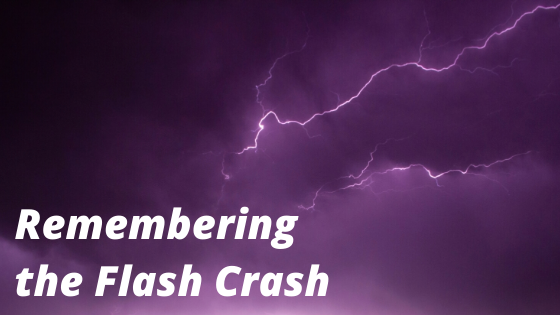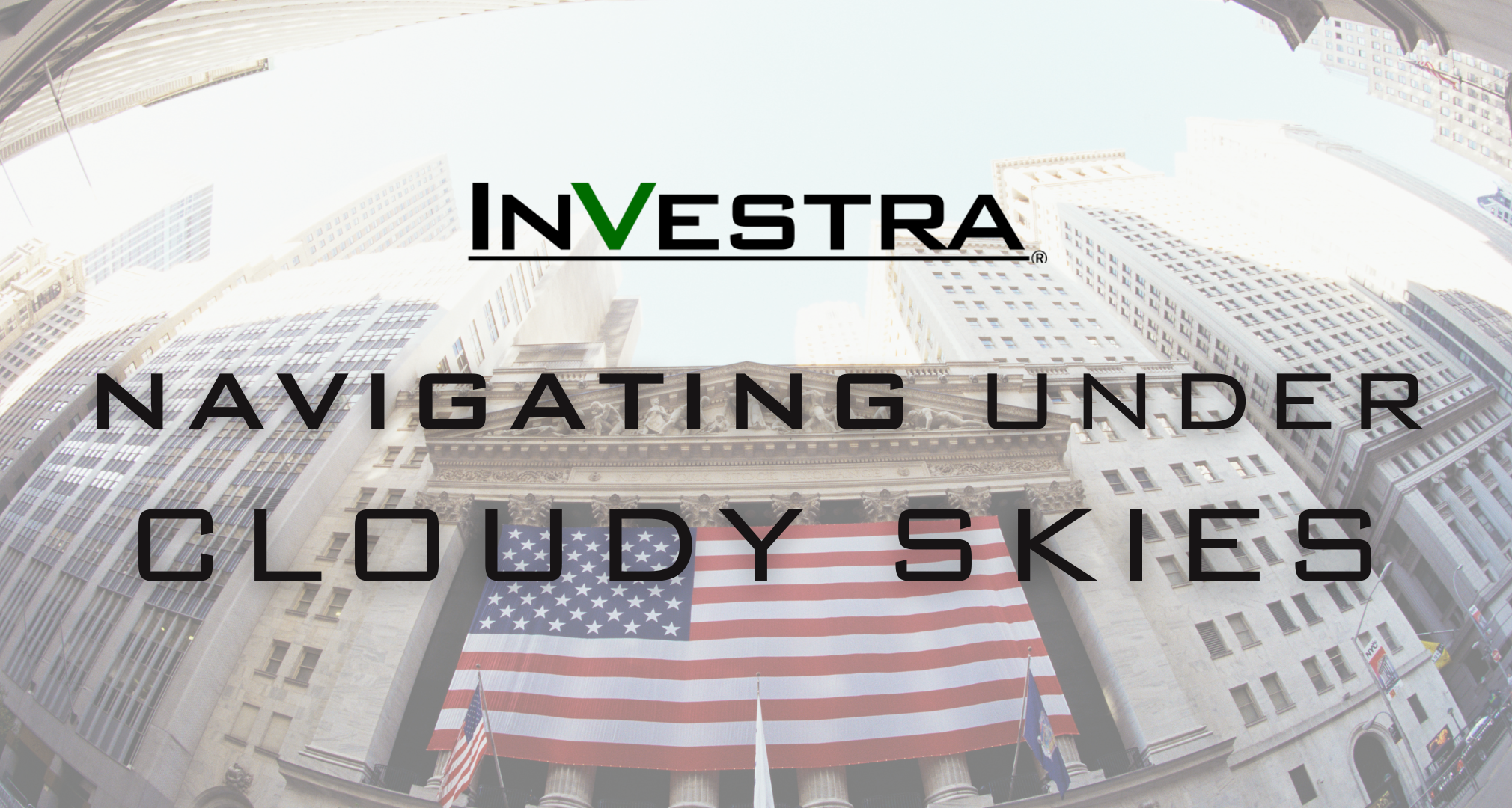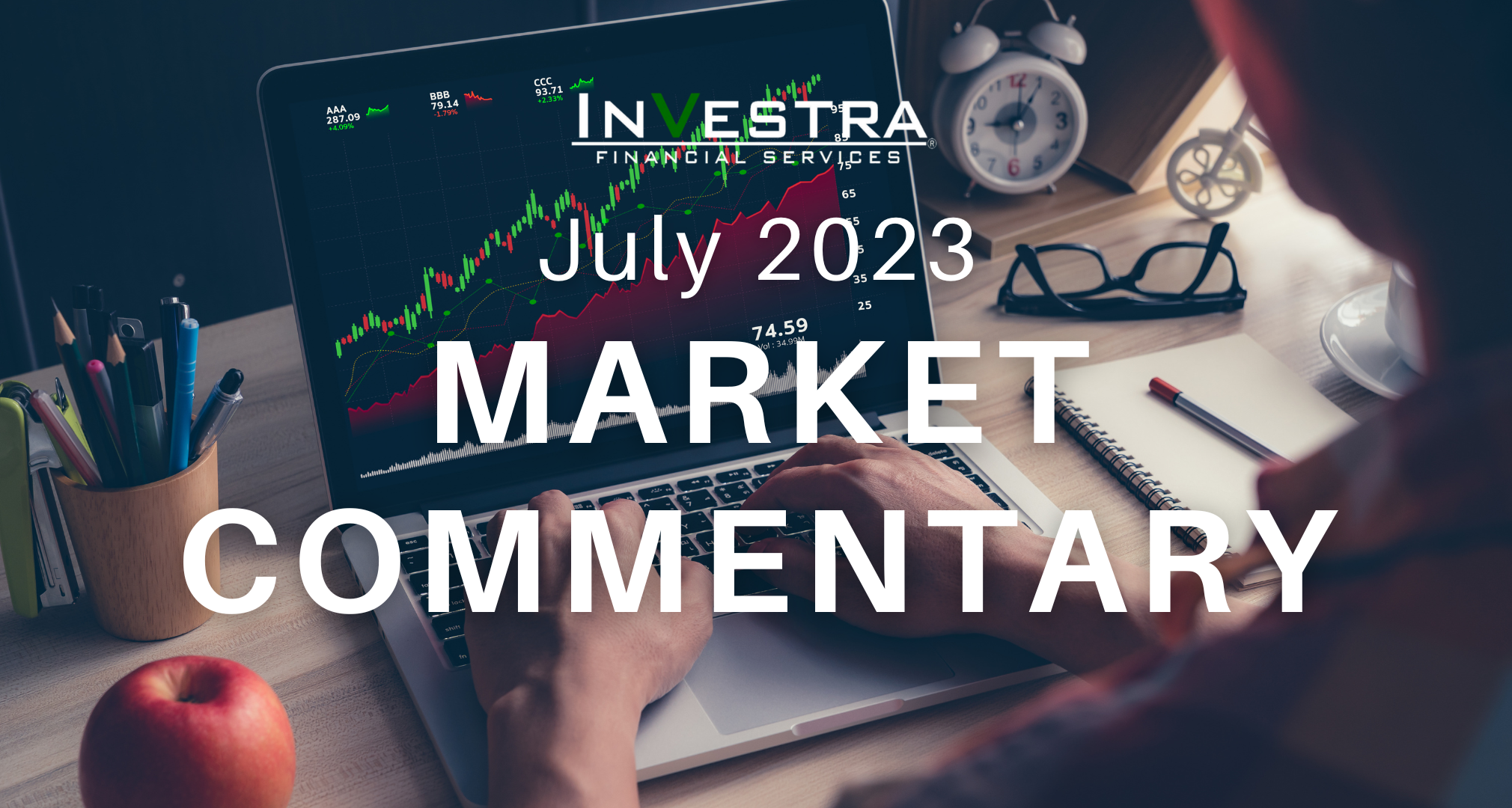One of the most historic market crashes ever took place 10 years ago today, with the Dow Jones Industrial Average Index plunging more than 1,000 points, or 9%, within minutes, only to regain most of the losses by the end of the day. And thus, the flash crash was born.
Originally, a fat finger trade for a large order to sell Proctor & Gamble stock was blamed as the first domino to set off a terrible chain reaction, but the CME Group quickly determined no evidence of this. They even went as far to say that high-frequency traders actually contributed to market stability, as stock prices quickly rebounded.
A large hedge fund buying S&P 500 Index put options and a large institution selling 75,000 E-Mini S&P 500 ($4 billion) have both been blamed, but many holes have been found in those claims as well.
Nearly five years later, a London-based trader was arrested for his role in the flash crash. Navinder Singh Sarao was indicted by the US Department of Justice on 22 criminal counts, including using spoofing algorithms. Spoofing is now banned and it is an automated program to generate large sell orders, thus pushing down prices, then cancelling the order to buy at a lower price. Could one person really cause a meltdown like we saw 10 years ago? Again, many think this is quite far-fetched, including the author of this article. Given Sarao was sentenced to one year of home confinement and no jail time, maybe the courts agreed.
So what really caused it? “Incredibly, here we are 10 years later, and we still can’t seem to agree on what exactly triggered the flash crash,” explained LPL Financial Senior Market Strategist Ryan Detrick. “Was it a fat finger trade, or high-frequency traders, or a technical glitch, or a rogue trader trying to spoof the market? All have been blamed for that historic drop 10 years ago, and yet no one really knows what the exact reason was even a decade later.”
In the end, as more and more computers are involved in trading, huge swings are quite possible. Don’t forget though, the very first flash crash actually took place on May 28, 1962, so these types of huge moves have happened before and will likely happen again.
IMPORTANT DISCLOSURES
This material is for general information only and is not intended to provide specific advice or recommendations for any individual. There is no assurance that the views or strategies discussed are suitable for all investors or will yield positive outcomes. Investing involves risks including possible loss of principal. Any economic forecasts set forth may not develop as predicted and are subject to change.
References to markets, asset classes, and sectors are generally regarding the corresponding market index. Indexes are unmanaged statistical composites and cannot be invested into directly. Index performance is not indicative of the performance of any investment and do not reflect fees, expenses, or sales charges. All performance referenced is historical and is no guarantee of future results.
Any company names noted herein are for educational purposes only and not an indication of trading intent or a solicitation of their products or services. LPL Financial doesn’t provide research on individual equities.
All information is believed to be from reliable sources; however, LPL Financial makes no representation as to its completeness or accuracy.
This Research material was prepared by LPL Financial, LLC.
Securities and advisory services offered through LPL Financial (LPL), a registered investment advisor and broker-dealer (member FINRA/SIPC).
Insurance products are offered through LPL or its licensed affiliates. To the extent you are receiving investment advice from a separately registered independent investment advisor that is not an LPL affiliate, please note LPL makes no representation with respect to such entity.
- Not Insured by FDIC/NCUA or Any Other Government Agency
- Not Bank/Credit Union Guaranteed
- Not Bank/Credit Union Deposits or Obligations
- May Lose Value
For Public Use – Tracking 1-05007308






